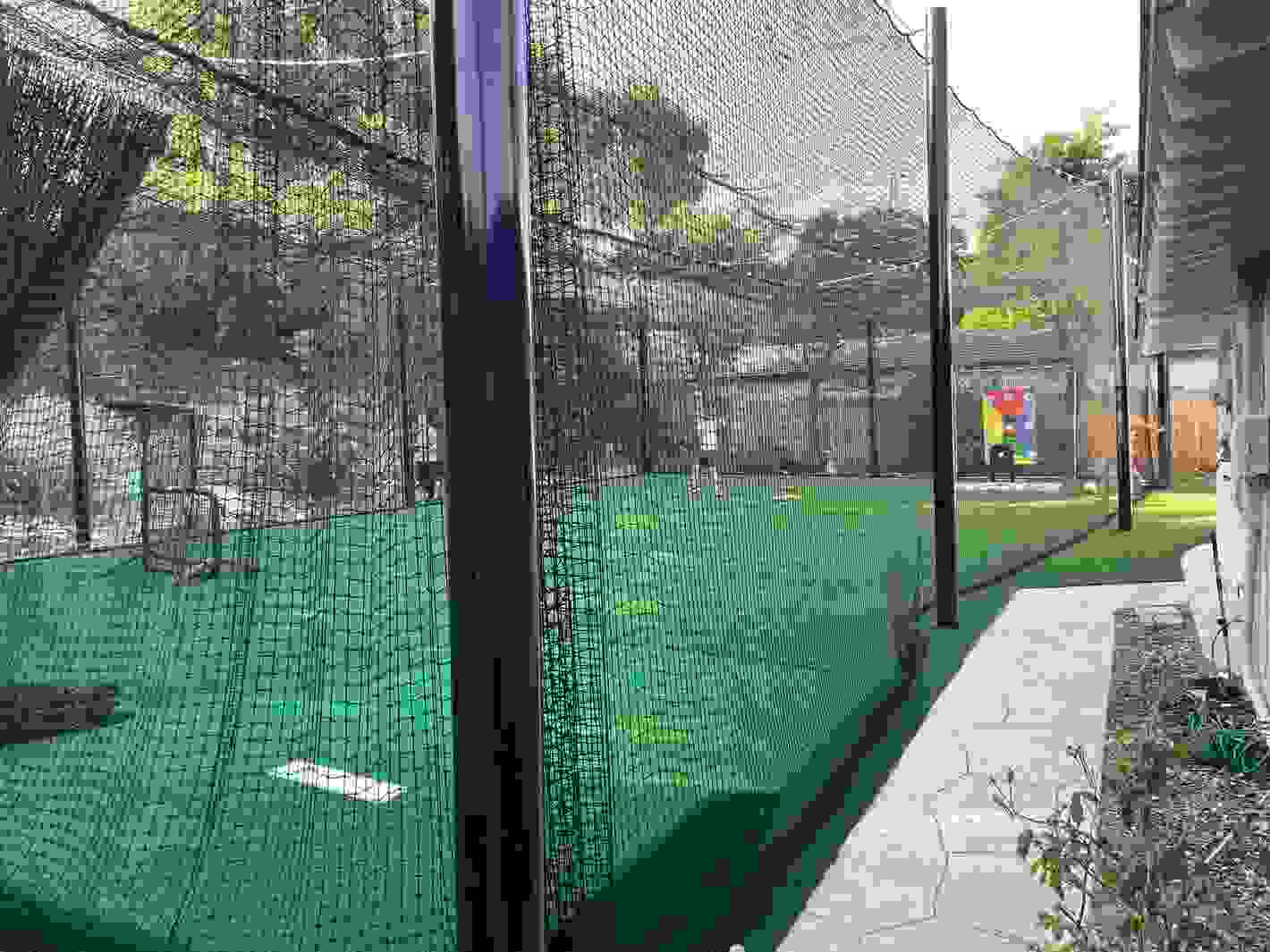


Elevate your sports facilities with our premium custom-made sports netting, crafted to meet the highest standards of quality and durability.
If you’re serious about baseball or softball training, a batting cage net is one of the most important investments you can make. Whether you’re setting up a backyard practice space or equipping a professional training facility, the right batting cage net can make all the difference. However, with so many options available, selecting the best one can be overwhelming.
Batting cage netting comes in different materials, sizes, and thickness levels, all of which impact durability and performance. In this detailed guide, we will explore everything you need to know to make the right choice. We will cover types of netting, materials, sizes, installation, maintenance, and more.
A batting cage net serves multiple purposes. It allows players to practice swings repetitively without the need to chase balls, making training sessions more efficient. Additionally, it provides safety by preventing stray balls from hitting people or damaging property. Whether you are a beginner, an amateur player, or a professional athlete, a quality net is essential for honing your skills.
A well-made batting cage net also ensures long-term usability. When choosing a net, durability should be a top priority to withstand repeated use and harsh weather conditions. That’s why selecting the right material and construction is crucial.
When shopping for a batting cage net, you’ll come across different types based on the material, design, and intended use. Let’s explore the most common types:
Nylon is one of the most durable materials for batting cage netting. It is strong and resistant to wear and tear, making it a popular choice for both indoor and outdoor setups. However, it is susceptible to UV damage if not coated with a protective layer.
Polyethylene nets are more affordable than nylon but still provide decent durability. They are often UV-treated, making them ideal for outdoor use. These nets are lightweight and easy to install but may not last as long as nylon nets under heavy usage.
HDPE is a stronger variation of polyethylene with improved durability and resistance to weather conditions. It does not absorb water, making it a great choice for outdoor use.
Batting cage netting is available in various materials, so choosing the right type depends on your specific needs and budget.
The durability and lifespan of a batting cage net largely depend on the material used. Here’s a comparison:
If you need a batting cage net for professional use, nylon is the best option. However, if you are looking for an economical yet durable choice for home practice, polyethylene or HDPE will work well.
1. What is the best material for a batting cage net? Nylon is the most durable material, but polyethylene and HDPE are also good choices for outdoor use due to their UV resistance.
2. How long does a batting cage net last? A high-quality batting cage net can last anywhere from 5 to 10 years, depending on usage and maintenance.
3. Can I use a batting cage net outdoors? Yes, but make sure to choose a UV-resistant material like polyethylene or HDPE for better longevity.
4. How do I fix a hole in my batting cage net? Use a net repair kit or tie the damaged section together with heavy-duty zip ties or twine.
Choosing the right batting cage net is crucial for effective baseball and softball training. By understanding different materials, sizes, and maintenance techniques, you can invest in a net that suits your needs and lasts for years. Whether you’re a professional player or just starting, a well-chosen net will enhance your practice sessions and improve your game.
For high-quality batting cage netting, check out this selection to find the best option for your training needs.
